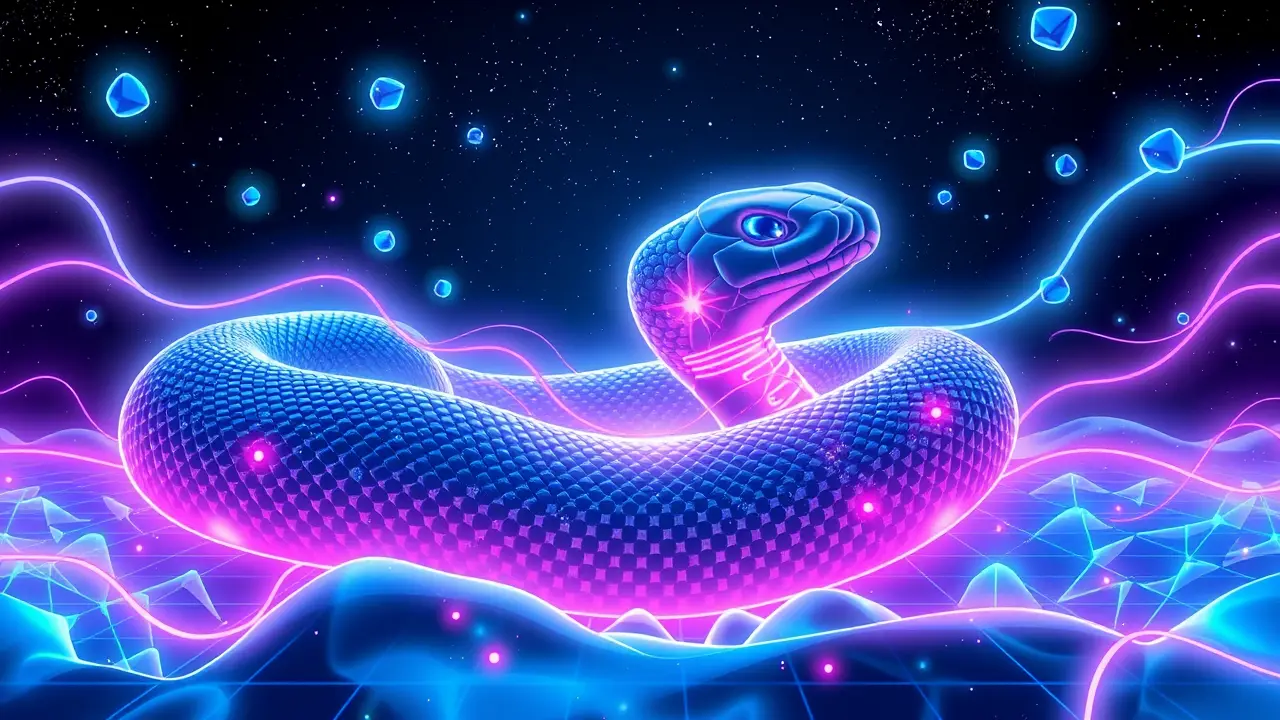
AIcomputer visionAcademic Research
Research Roundup: Six Interesting Science Stories You Might Have Missed
TH
Thomas Green
7 hours ago7 min read3 comments
In the grand, cosmic theater of scientific discovery, where the mundane often masks the magnificent, this week's research roundup offers a sextet of revelations that remind us why the pursuit of knowledge remains humanity's most thrilling adventure. Let's begin with a puzzle that has captivated logophiles and mathematicians for decades: the search for the ultimate Boggle board.This isn't merely a game; it's a complex combinatorial challenge, a high-stakes lexical treasure hunt played on a 4x4 grid of dice. Researchers, deploying algorithms with the relentless curiosity of a rover scanning Martian soil, have finally identified the configuration that yields the highest possible score—a board so densely packed with linguistic potential it's the verbal equivalent of a neutron star.Imagine a grid where every roll of the dice, every quirk of probability, conspires to create a web of words so intricate it would leave even the most seasoned Scrabble champion in awe. This discovery transcends parlor games; it touches on the fundamental structure of language itself and the algorithms we use to navigate its infinite possibilities, a small but brilliant testament to pattern recognition, a skill that underpins everything from childhood learning to advanced artificial intelligence.Meanwhile, in the high-octane world of herpetology, scientists have deployed ultra-high-speed cameras, capturing the biomechanics of snake strikes with a clarity previously reserved for slow-motion analyses of SpaceX rocket landings. When a viper lunges, it's not a simple lunge; it's a masterclass in evolutionary engineering, a coordinated burst of muscle and momentum that unfolds in milliseconds.Seeing this action frozen frame-by-frame is like finally being able to dissect the individual frames of a cosmic explosion—it reveals the precise muscle contractions, the jaw kinematics, the terrifying efficiency of a delivery system refined over millions of years. This research is crucial, not just for understanding predator-prey dynamics on an alien world we call Earth, but for developing next-generation anti-venoms and inspiring robotics that can move with such explosive, precise grace.And these are just two threads in a richer tapestry. This week also brought us closer to deciphering the magnetic mysteries of exoplanets, potentially identifying worlds with protective magnetospheres like our own—a key ingredient in the recipe for life as we know it.We've seen advances in quantum entanglement that continue to challenge our classical understanding of reality, making 'spooky action at a distance' feel a little less spooky and a lot more like the foundation of a future quantum internet. Biologists have made strides in understanding cellular regeneration in seemingly simple organisms like the humble hydra, uncovering genetic pathways that whisper secrets about aging and tissue repair.Furthermore, archeo-genetics has painted a more detailed picture of human migration patterns, using ancient DNA to rewrite chapters of our shared history with the meticulous care of a restorer working on a Renaissance masterpiece. Each of these stories, from the algorithmic to the astronomical, the biological to the historical, is a beacon. They illuminate the interconnectedness of all scientific inquiry, proving that the quest to understand a word game, the strike of a snake, or the atmosphere of a distant world are all part of the same grand human project: to push back the darkness of the unknown, one fascinating discovery at a time.
#featured
#Boggle
#snake bites
#high-speed camera
#scientific research
#physics
#biology
Stay Informed. Act Smarter.
Get weekly highlights, major headlines, and expert insights — then put your knowledge to work in our live prediction markets.
Related News
© 2025 Outpoll Service LTD. All rights reserved.














